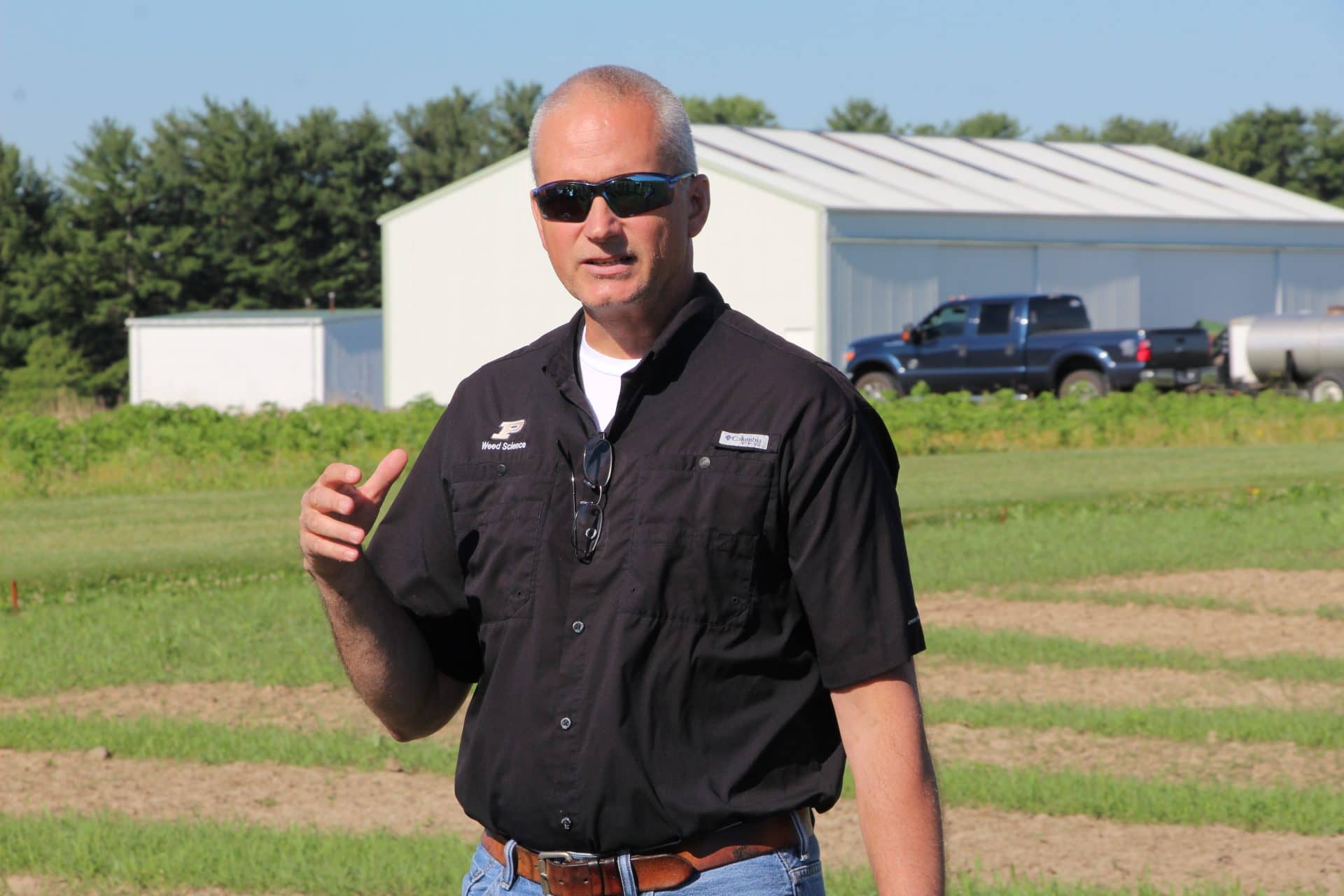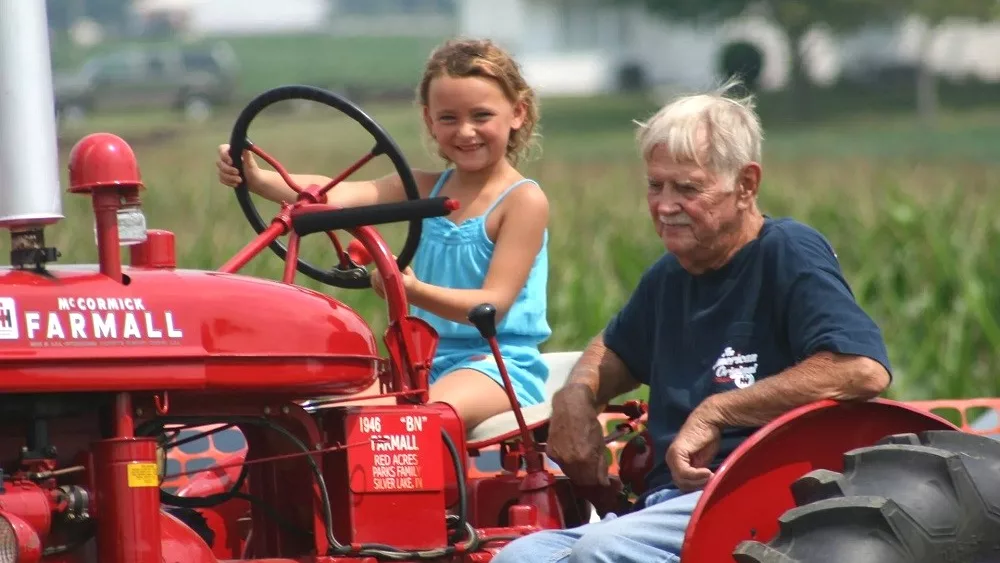Planting time is also a time for terminating cover crops, and that’s the topic for the latest HAT Soil Health Podcast brought to you by the Conservation Cropping Systems Initiative.
Kosciusko County farmer Jamie Scott is one of the guests on the episode. He’s been working with cover crops on his farm for more than 20 years. He also helps farmers across 100,000 acres with their own cover crops. He says that success in termination depends on several factors, such as timing.
“We still have some species that if it hits 30, 35 degrees at night, that plant goes dormant for three days. We’ve got to have that warm temperature again for three or four days in a row to get it actively growing. I think this time of year when it comes to that chemical termination, being in too big of a hurry or not having that patience is where we get in trouble, that’s normally where we get resprays.”

Joining Scott is Bill Johnson, a professor of weed science at Purdue. He agrees that patience is a good strategy.
“When we’re in these challenging weather conditions, that might be the time to either number one, wait until you have warmer nights, or number two, think a little bit about taking those contact herbicides out of the mixture to make sure your translocated herbicides are working more effectively.”
Scott encourages farmers to take a look at the label.
“You need to investigate that label or learn that chemical from the retailer or whoever you’re buying that from and have them look at it, so we know what mixes and what’s been successful versus running into problems.”
Below, hear the full conversation on the latest episode of the HAT Soil Health Podcast brought to you by the Conservation Cropping Systems Initiative.





